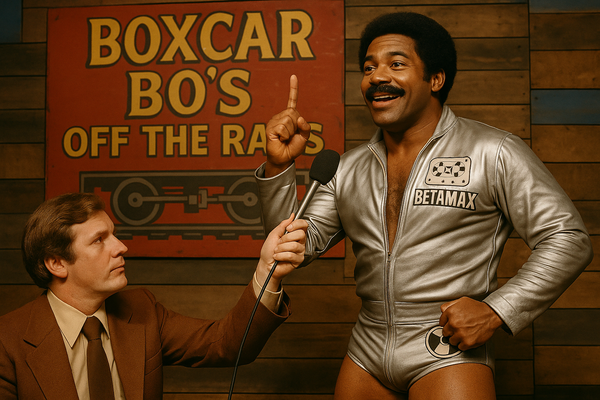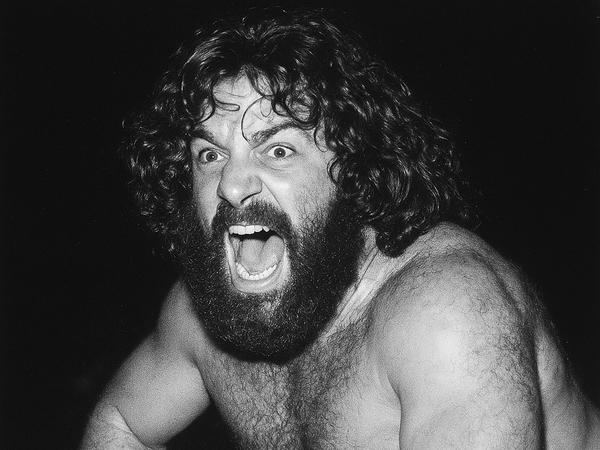"Redwoods" Jack Carson
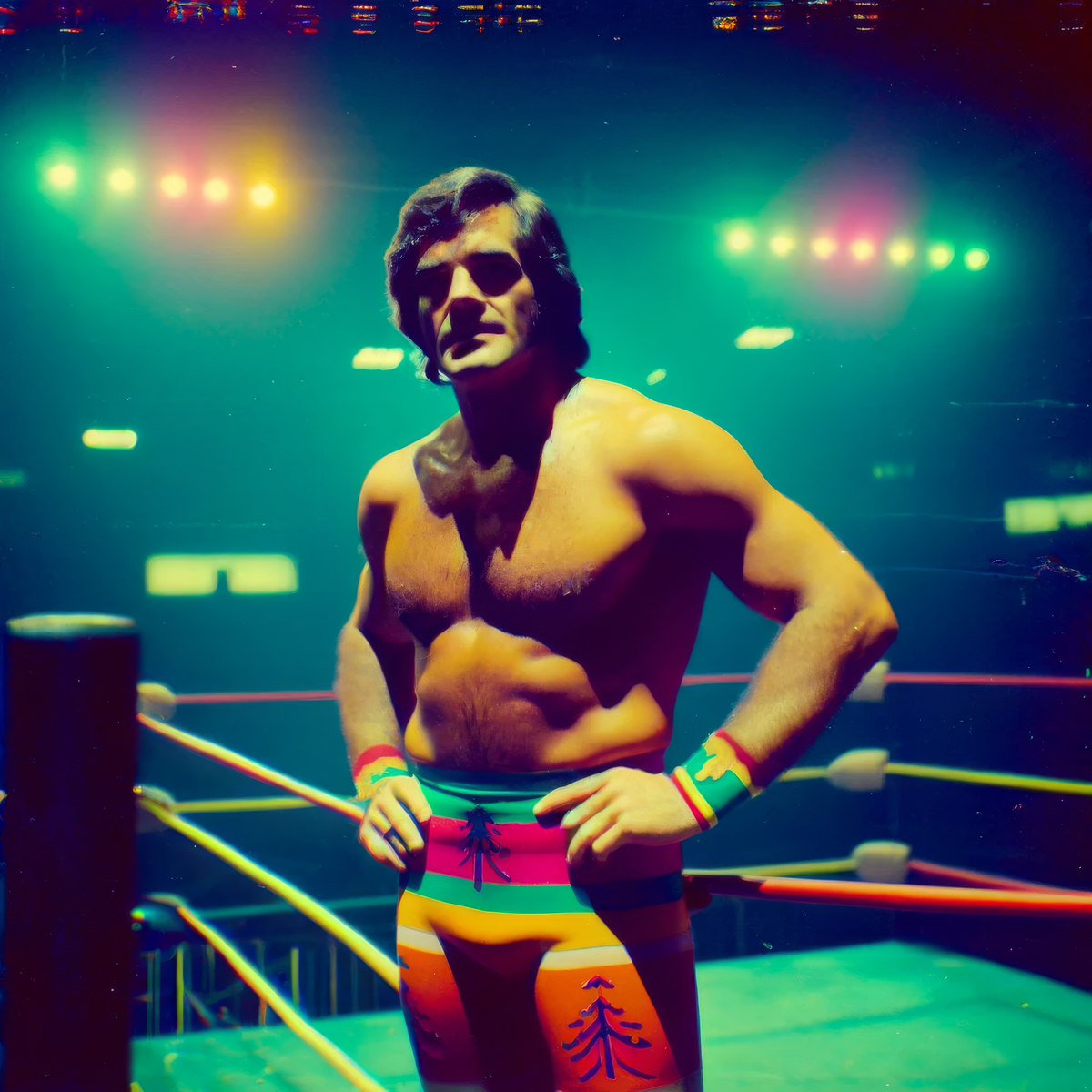
"Redwoods" Jack Carson, a towering figure in the Great Western Wrestling Alliance (GWA), left an indelible mark on the sport through his in-ring prowess, intense rivalries, and unwavering dedication to the craft. As a co-founder of the GWA and a multi-time champion, Carson's legacy extends far beyond the squared circle, shaping the very foundation of the promotion and inspiring generations of wrestlers to come.
| Height | Weight | Origin |
|---|---|---|
| 6'5" | 260 lbs | Astoria, Oregon |
Early Life and Background
Born Jonathan Thaddeus Carson in the misty town of Astoria, Oregon, Jack grew up surrounded by the rugged wilderness of the Pacific Northwest. Raised by his widowed mother, an avant-garde painter, Carson's childhood was a blend of adventure and introspection. The forests, loggers, and Native American storytellers of Astoria instilled in him a deep respect for nature, a sense of adventure, and an appreciation for different perspectives. These early influences would shape Carson's worldview and lay the foundation for his future as a wrestler, philosopher, and community leader.
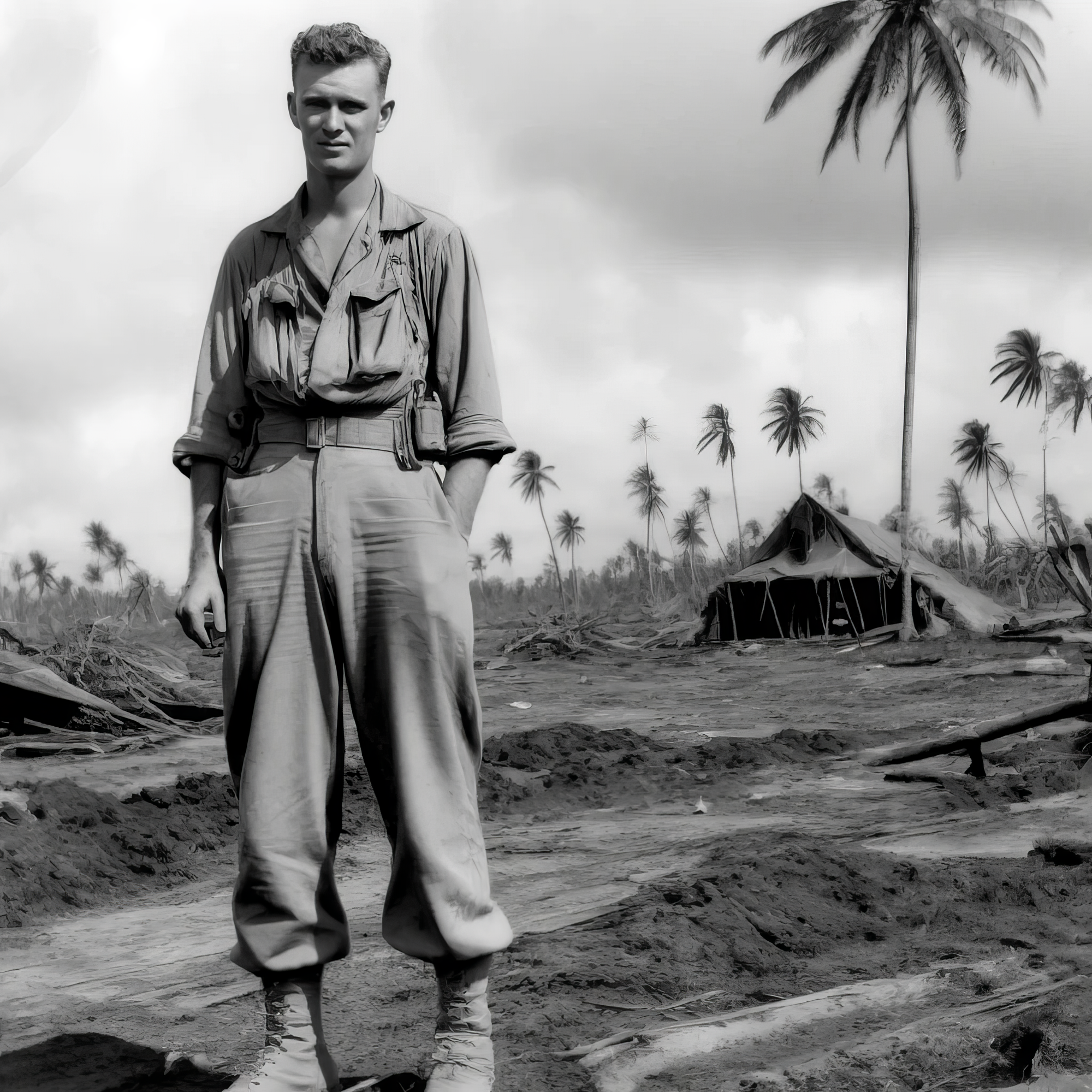
At the age of 19, Carson enlisted in the U.S. Army Air Forces (USAAF), driven by a sense of duty and a thirst for adventure. Serving as a Forward Air Controller in the Pacific Theater during World War II, he earned the nickname "Redwoods" for his towering height and quick temper. Frequently attached to Marine Corps units, Carson's experiences in battles such as Peleliu, Saipan, and Okinawa left an indelible mark on his soul. Amidst the chaos and brutality of war, he found solace in the camaraderie of his comrades-in-arms and the fleeting moments of beauty in the Pacific sunsets.
Upon returning to the United States in 1945, Carson struggled to readjust to civilian life. Haunted by the ghosts of war and disillusioned with the societal pressures of the post-war era, he embarked on a life of hoboing across the Western United States. From 1946 to 1951, Carson rode the rails, hitchhiked, and walked through the vast landscapes of California, Nevada, Arizona, and New Mexico. This nomadic lifestyle deepened his connection to the American West and reinforced his Beatnik philosophies, as he sought authenticity and meaning in a world that often felt hollow and conformist.
During his years as a hobo, Carson formed close bonds with other veterans and transient workers, sharing stories and providing mutual support. He learned the unwritten codes of the road, the signs and symbols hobos used to communicate, and the resilience needed to survive on the fringes of society. These experiences fostered a profound empathy for the marginalized and a deep understanding of the human condition, qualities that would later define his leadership style and community involvement.
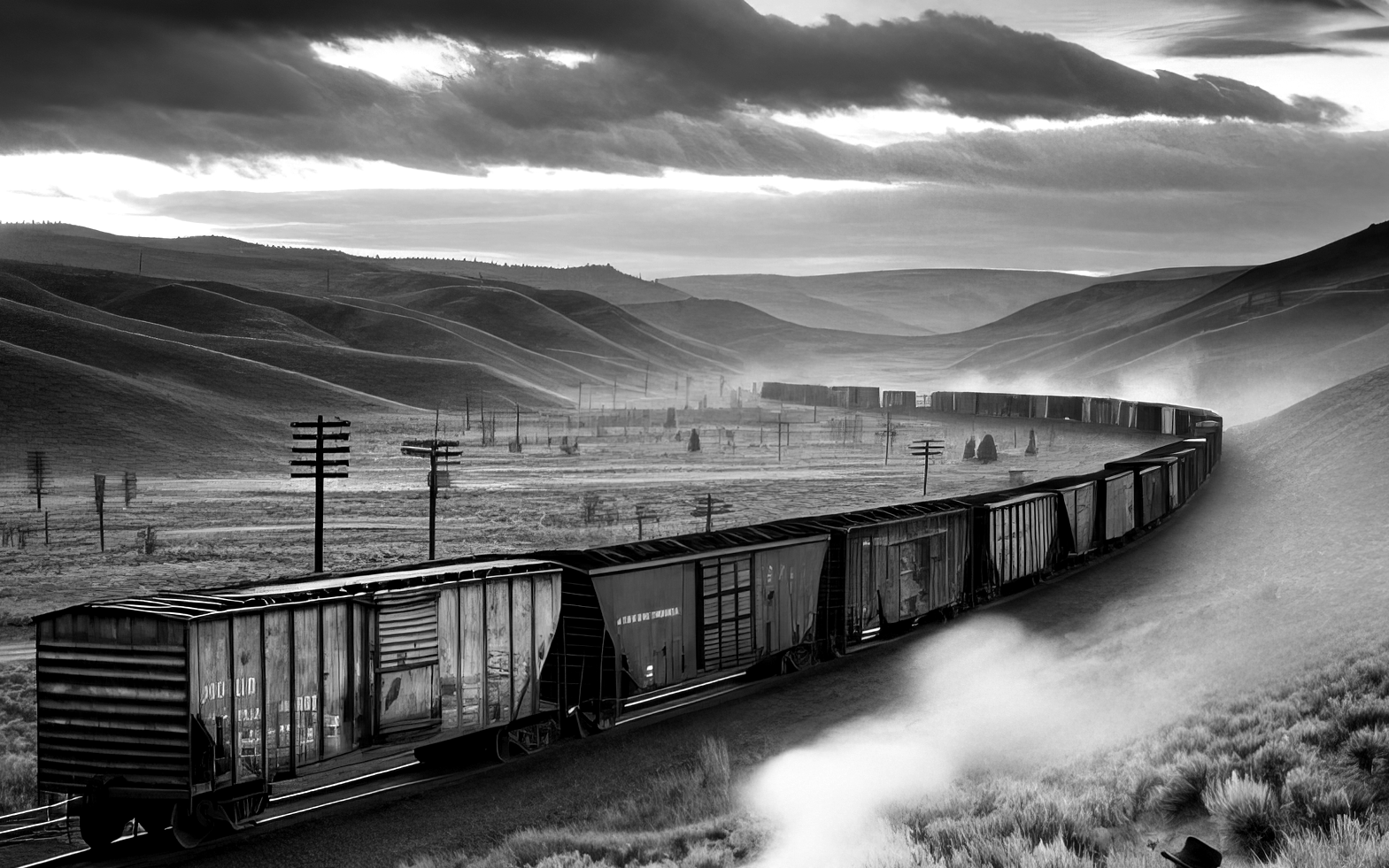
In 1951, seeking stability and a fresh start, Carson settled in San Antonio, Texas. The city's vibrant cultural tapestry and slower pace of life appealed to his sensibilities. He enrolled at the University of Texas at San Antonio, pursuing studies in literature and philosophy while working odd jobs to make ends meet. It was during this time that Carson established "Redwoods' Retreat," a small bookstore and café that quickly became a haven for local intellectuals, artists, and fellow Beatniks. The Retreat served as a platform for Carson to share his experiences, foster community, and promote the values of authenticity, creativity, and self-expression. This endeavor laid the groundwork for his future role as a mentor and leader within the Great Western Wrestling Alliance, where he would blend his passion for storytelling and his commitment to empowering others to forge their own paths.
Rise to Fame in GWA
"Redwoods" Jack Carson's journey to wrestling stardom began with a twist of fate and a plate of enchiladas. Settling in San Antonio in the early 1950s, Carson found himself drawn to the warm, inviting atmosphere of "La Cocina de Abuela," a family-owned Mexican diner on the city's South Side. It was here that he first met Maria Ramirez, the beautiful and quick-witted granddaughter of the diner's namesake. Despite their age difference, the two fell deeply in love, bonding over their shared passions for storytelling, community, and the rich cultural tapestry of San Antonio.
As Carson became a part of the Ramirez family, he formed a particularly close bond with Maria's nephew, Miguel "Rio Grande" Ramirez. The two men, separated by only a few years in age, discovered a mutual love for the spectacle and drama of professional wrestling. Long nights spent discussing the finer points of the sport over "La Cocina de Abuela's" famous tamales led to a wild, daring idea: the creation of their own wrestling promotion.
On October 4, 1957, amidst the swirling dust and vibrant colors of Bratcher's Farm, the Great Western Wrestling Alliance (GWA) was born. Carson and Ramirez poured their hearts and souls into the fledgling promotion, blending their unique backgrounds and philosophies to create a wrestling experience unlike any other. Carson's Beatnik sensibilities and storytelling prowess combined with Ramirez's Latino heat and technical expertise to forge a new style that captivated audiences and quickly put the GWA on the map.
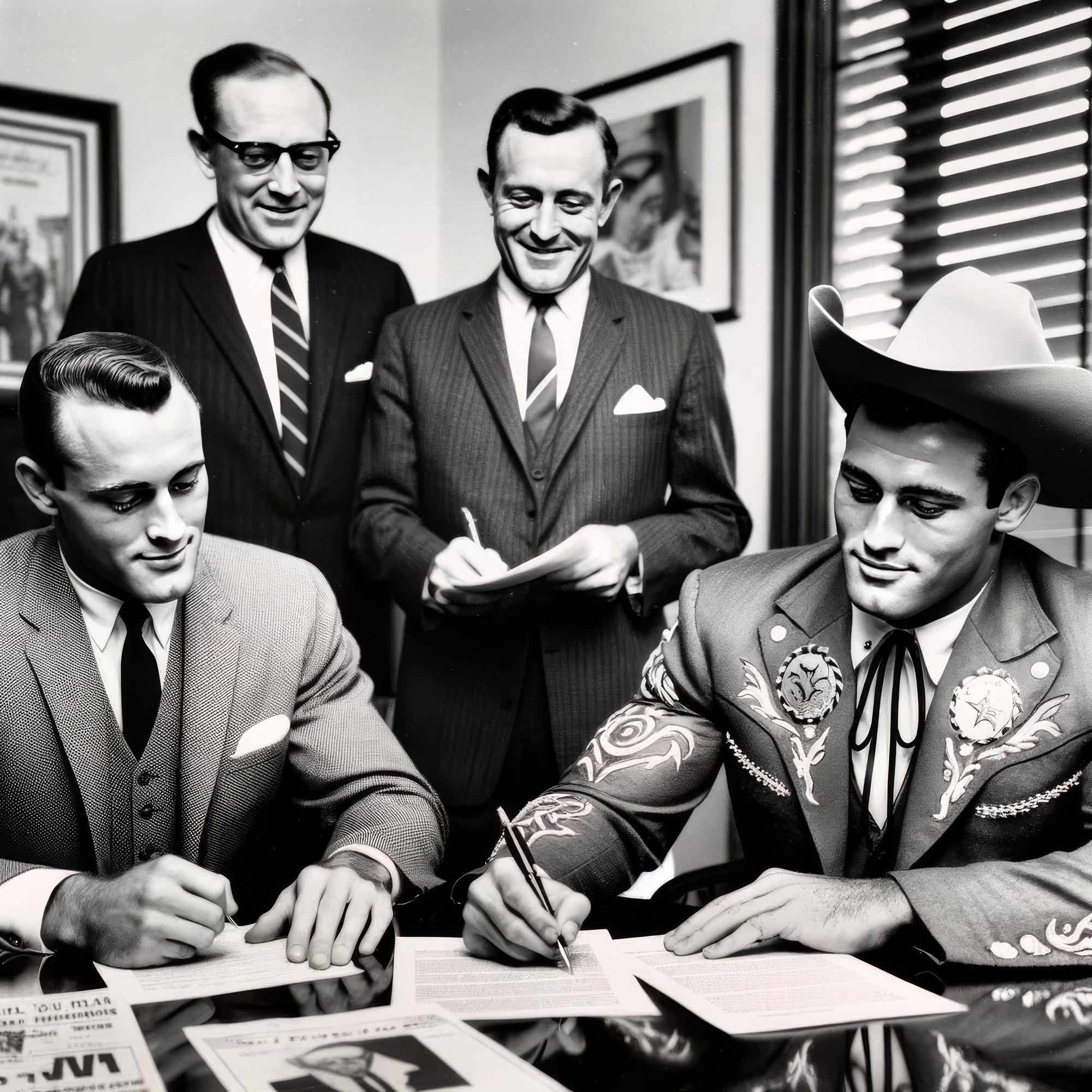
The inaugural GWA Championship Tournament, held in the summer of 1959, marked a turning point in Carson's career. In a stunning display of raw power and ring presence, the "Redwoods" defeated opponent after opponent, finally clashing with none other than his own nephew-in-law, Miguel "Rio Grande" Ramirez, in the tournament finals. The match, a brutal, back-and-forth affair that pushed both men to their limits, showcased the incredible chemistry and rivalry that would define their careers for years to come. In the end, Carson emerged victorious, hoisting the championship belt high above his head as the crowd erupted in a mix of cheers and "Jolly Green Giant" chants.
Carson's victory in the tournament solidified his status as the face of the GWA and ignited a rivalry with Ramirez that would become the stuff of legend. Over the next two decades, the "Redwoods" and "Rio Grande" would clash in dozens of high-stakes matches, trading championships and forging a bond that transcended the boundaries of the squared circle. Their battles, often punctuated by Carson's signature "Redwood Slam" and Ramirez's lightning-fast attacks, became the talk of the wrestling world, drawing fans from far and wide to witness the magic of the GWA. Through it all, Carson remained a dominant force, his towering presence and unparalleled charisma making him a fan favorite and a true icon of the sport.
Signature Moves and Style
"Redwoods" Jack Carson's wrestling style was a perfect reflection of his imposing stature, raw power, and larger-than-life personality. Standing at an impressive 6'5" and weighing in at a solid 260 pounds, Carson's presence alone was enough to strike fear into the hearts of his opponents. But it was his unique blend of brute force, technical skill, and psychological warfare that truly set him apart from the rest of the GWA roster.
Carson's signature move, the "Redwood Slam," was a devastating spinebuster that showcased his immense strength and agility. He would hoist his opponents high into the air, holding them aloft for what seemed like an eternity as the crowd held their collective breath. Then, with a thunderous roar, he would drive them down into the mat, the impact shaking the very foundation of the ring. The move became synonymous with Carson's dominance, and the mere threat of its execution was often enough to send his opponents cowering in fear.
But the "Redwood Slam" was far from Carson's only weapon. His secondary finisher, the "Beatnik's Lament," was a crushing bearhug that not only demonstrated his raw power but also served as a nod to his Beatnik roots. As he wrapped his massive arms around his opponents, squeezing the life out of them, Carson would often recite passages from his favorite Beat poets, his voice a haunting whisper amidst the chaos of the match. This unconventional tactic not only unnerved his foes but also drew the ire of the crowd, who saw it as a pretentious display of intellectual superiority.
Indeed, drawing heat from the audience was a key component of Carson's in-ring style. He reveled in his role as a villain, a "wrestling Beatnik" who looked down upon the masses with disdain. He would often engage in long, rambling monologues between moves, expounding upon the virtues of free thought and artistic expression while simultaneously belittling the "square" sensibilities of his opponents and the fans. This approach earned him a chorus of boos and jeers, but it also cemented his status as one of the most captivating and polarizing figures in the GWA.
Despite his villainous persona, there was no denying the artistry and innovation behind Carson's in-ring style. He had a knack for blending different wrestling techniques and incorporating elements of his Beatnik philosophy into his matches. From his unorthodox submission holds, like the "Dharma Bum Deathlock," to his use of improvised weapons, like the "On the Road Roughs," Carson's matches were always unpredictable and exciting. His ability to keep his opponents and the audience on their toes was a testament to his creativity and his deep understanding of the craft of professional wrestling.
Ring Entrance
As the lights in the arena dimmed and the first notes of "Redwoods" Jack Carson's entrance theme filled the air, a hush would fall over the crowd. In the early days of his career, Carson made his way to the ring accompanied by the twanging guitars and tales of Western justice in Marty Robbins' "Big Iron." The song's themes of a lone ranger facing down danger resonated with Carson's own experiences in the Pacific Theater and his time riding the rails as a hobo. As he strode down the aisle, his towering figure clad in a dark, hooded robe, fans could sense that they were in the presence of a true original, a man who had lived a life as epic as the song that heralded his arrival.
As Carson's career progressed and his Beatnik persona took center stage, his entrance music evolved to reflect his changing philosophies. For a time, he entered the arena to the strains of Woody Guthrie's "Hard Traveling," a nod to his hobo past and his identification with the working class. The song's themes of perseverance in the face of adversity and the search for meaning in a harsh world struck a chord with Carson, and he could often be seen mouthing the lyrics as he made his way to the ring. Later, he would adopt the more melancholic "Days of Wine and Roses" by Henry Mancini, a song that spoke to the bittersweet nature of life and the fleeting nature of success.
But it was Carson's final entrance theme, "The Seeker" by The Who, that would become most closely associated with his legacy in the GWA. The song's driving rhythm and lyrics about the search for truth and meaning encapsulated Carson's life journey and his never-ending quest for authenticity. As the song built to its climax and Carson shed his robe to reveal his massive frame, the crowd would erupt in a mix of cheers and boos, a testament to the polarizing nature of his character. With his fists raised high and his eyes blazing with intensity, "Redwoods" Jack Carson would stand ready to do battle, a living embodiment of the power of creativity and conviction in the face of an ever-changing world.
Championships and Achievements
The wrestling world has seen many champions, but few have left an indelible mark quite like Jonathan Thaddeus Carson, better known as "Redwoods" Jack Carson. Standing tall at 6'5" and weighing in at 250 pounds, Carson's career was defined by his immense physical presence, relentless determination, and a series of illustrious achievements that cemented his legacy in the annals of professional wrestling. Here is a narrative that highlights the championships and accolades that made "Redwoods" Jack Carson a legend.
The Inaugural GWA Championship Tournament (1959)
In 1959, the Great Western Wrestling Alliance (GWA) sought to crown its first-ever champion. The Inaugural GWA Championship Tournament attracted the best wrestlers from around the country, each vying for the top prize. Carson, already a fan favorite, entered the tournament with a steely resolve and a clear mission. Overcoming fierce competitors and grueling matches, Carson emerged victorious, winning the inaugural GWA Championship and setting the stage for an epic career. This triumph was not just a personal victory but a defining moment for the GWA, with Carson as its charismatic and dominant champion.
GWA Championship: A Reign of Dominance
Carson's prowess in the ring saw him capture the GWA Championship an astonishing five times. Each reign was marked by legendary matches and unforgettable rivalries. His first title defense was a testament to his skill and tenacity, as he faced off against top contenders like Eddie "Desert Eagle" Martinez and "Ironside" Ivan Gregorovich. Carson's ability to adapt and overcome his opponents' strategies made him a formidable champion. His matches drew large crowds and were often the highlight of GWA events, with fans eagerly awaiting to see if anyone could dethrone the mighty "Redwoods."
GWA Redwood Championship
In the early 1960s, Carson expanded his dominance to the newly established GWA Redwood Championship. Winning this title twice, in 1963 and 1964, Carson's reigns were characterized by intense bouts and dramatic victories. His 1964 reign, lasting five months, was particularly memorable as he defended the title against a new generation of challengers, showcasing his enduring strength and strategic acumen. The Redwood Championship allowed Carson to display his versatility and solidify his status as a multifaceted wrestling icon.
GWA Pacific Coast Championship
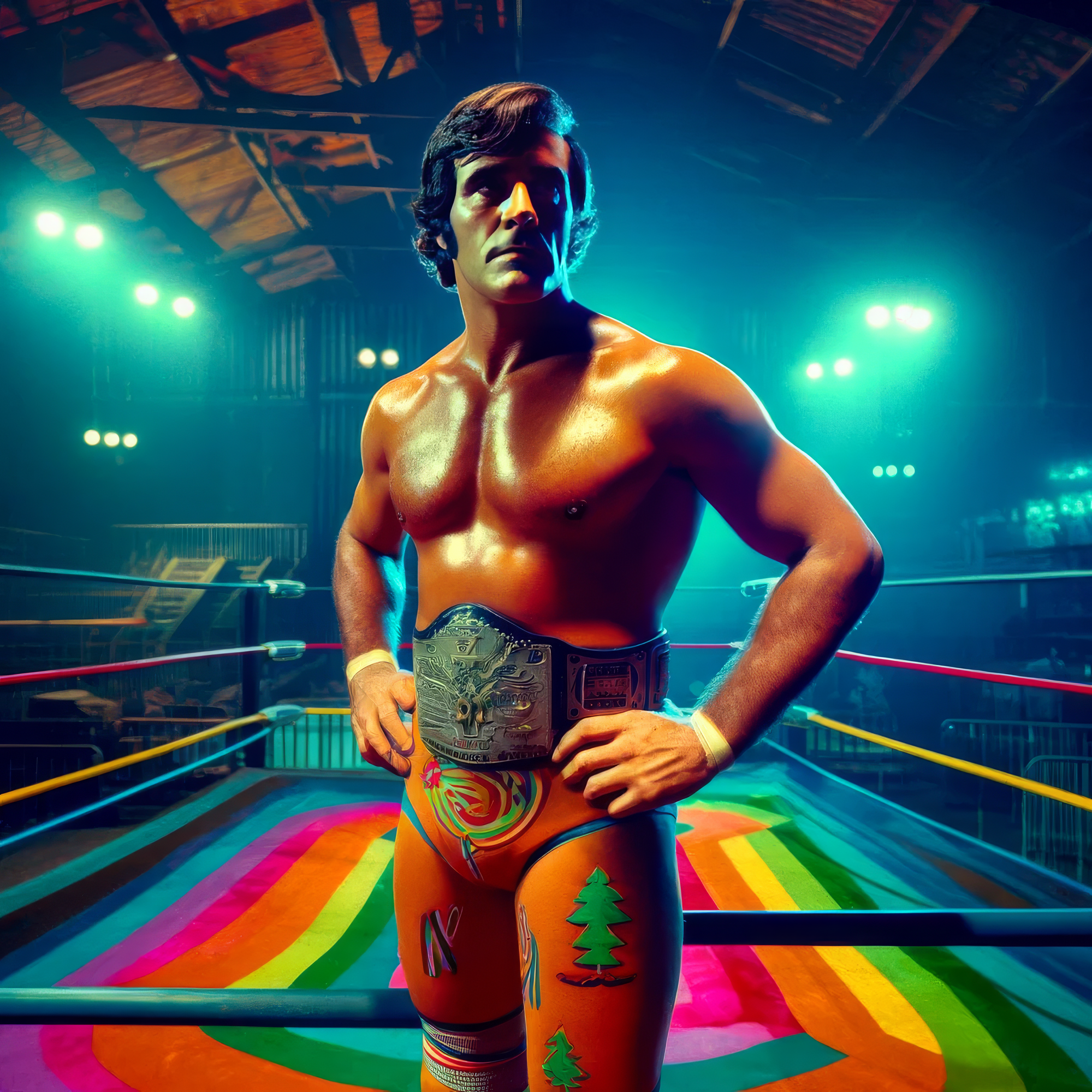
Carson's success wasn't confined to the main stage; he also made his mark in regional titles. The GWA Pacific Coast Championship was a fiercely contested title, and Carson's three-time reign (1965, 1967, 1968) is remembered for its thrilling matches and regional rivalries. Each reign demonstrated Carson's ability to connect with fans across different territories and adapt to various wrestling styles. His matches on the Pacific Coast were particularly celebrated for their high-energy performances and Carson's unwavering determination to hold onto the title.
GWA World Heavyweight Championship (1966)
Perhaps the pinnacle of Carson's career came in 1966 when he captured the GWA World Heavyweight Championship. This title win was a crowning achievement, reflecting his status as one of the top wrestlers in the world. The three-month reign saw Carson defending his title against the best of the best, including intense matches that pushed him to his limits. This championship underscored Carson's legacy as not just a national star but a global wrestling phenomenon.
Rumble on the Frontier (1969-1973)
From 1969 to 1973, Carson participated in the prestigious Rumble on the Frontier, an annual event that brought together the top talents in wrestling. His performances in these rumbles were legendary, often lasting deep into the matches and showcasing his resilience and fighting spirit. Though he never won the Rumble, his participation and near victories added to his mystique and endeared him further to fans. These events highlighted Carson's longevity and his ability to compete at the highest level well into his late 40s.
Memorable Rivalries and Matches
"Redwoods" Jack Carson's career in the Great Western Wrestling Alliance (GWA) is peppered with legendary rivalries that defined the landscape of professional wrestling. His feuds with the likes of Eddie "Desert Eagle" Martinez and "Ironside" Ivan Gregorovich were not just matches, but epic battles that showcased Carson's raw power and strategic brilliance. One of his most defining moments came in 1966 when Carson captured the GWA World Heavyweight Championship after a brutal showdown with Martinez, a match that is still remembered for its sheer intensity and Carson's indomitable spirit.
The Rise of The Dharma Bums
The formation of "The Dharma Bums" with "Boxcar" Bo Bradley marked a new chapter in Carson's illustrious career. This tag team, named after Jack Kerouac's novel, was a perfect blend of Carson's brute strength and Braddock's technical finesse. Their matches against the "Dust Bowl Drifters" and the "Gold Rush Gang" were spectacles of teamwork and innovation. Carson and Braddock captured the GWA Tag Team Championship Tournaments on three separate occasions, solidifying their status as one of the most formidable duos in the GWA. Their unique post-match poetry recitation promos, inspired by their Beatnik roots, added a layer of artistry to their wrestling prowess, endearing them to fans.
Legendary Matches and Memorable Feuds
One of Carson's most legendary matches was the final showdown between "The Dharma Bums" and the "Dust Bowl Drifters" in a packed arena in San Antonio. This match, known for its high stakes and emotional intensity, saw Carson and Bradley overcoming insurmountable odds to reclaim their tag team titles. The match not only highlighted their incredible in-ring chemistry but also their resilience and unbreakable bond. Another defining moment was Carson's epic feud with the "Gold Rush Gang," a series of matches that pushed both teams to their limits and showcased the best of tag team wrestling.
The Pacific Powerhouses Era
Carson's success wasn't limited to his tag team endeavors with Braddock. Before "The Dharma Bums," Carson formed another iconic duo known as "The Pacific Powerhouses" with his long-time friend and fellow wrestler, Tsunami Sam. This team, characterized by their sheer physical dominance, captured multiple regional titles, including the GWA Pacific Coast Championship. Their matches were brutal and intense, often leaving their opponents in awe of their raw power and unyielding teamwork. The Pacific Powerhouses' reign was a testament to Carson's versatility and ability to adapt to different wrestling styles and partners.
Defining Moments and Lasting Legacy
Throughout his career, Carson's defining moments were not just about titles and victories, but also about the impact he left on the wrestling world. His ability to blend athleticism with artistic expression made him a unique figure in the GWA. Whether as a singles competitor or as part of a tag team, Carson's matches were always a highlight, filled with drama, skill, and emotion. His legacy as a wrestling icon is cemented by his numerous championships, his innovative approach to the sport, and his ability to connect with the audience on a deeper level. "Redwoods" Jack Carson remains a towering figure in the history of professional wrestling, inspiring future generations with his remarkable journey.
Outside the Ring
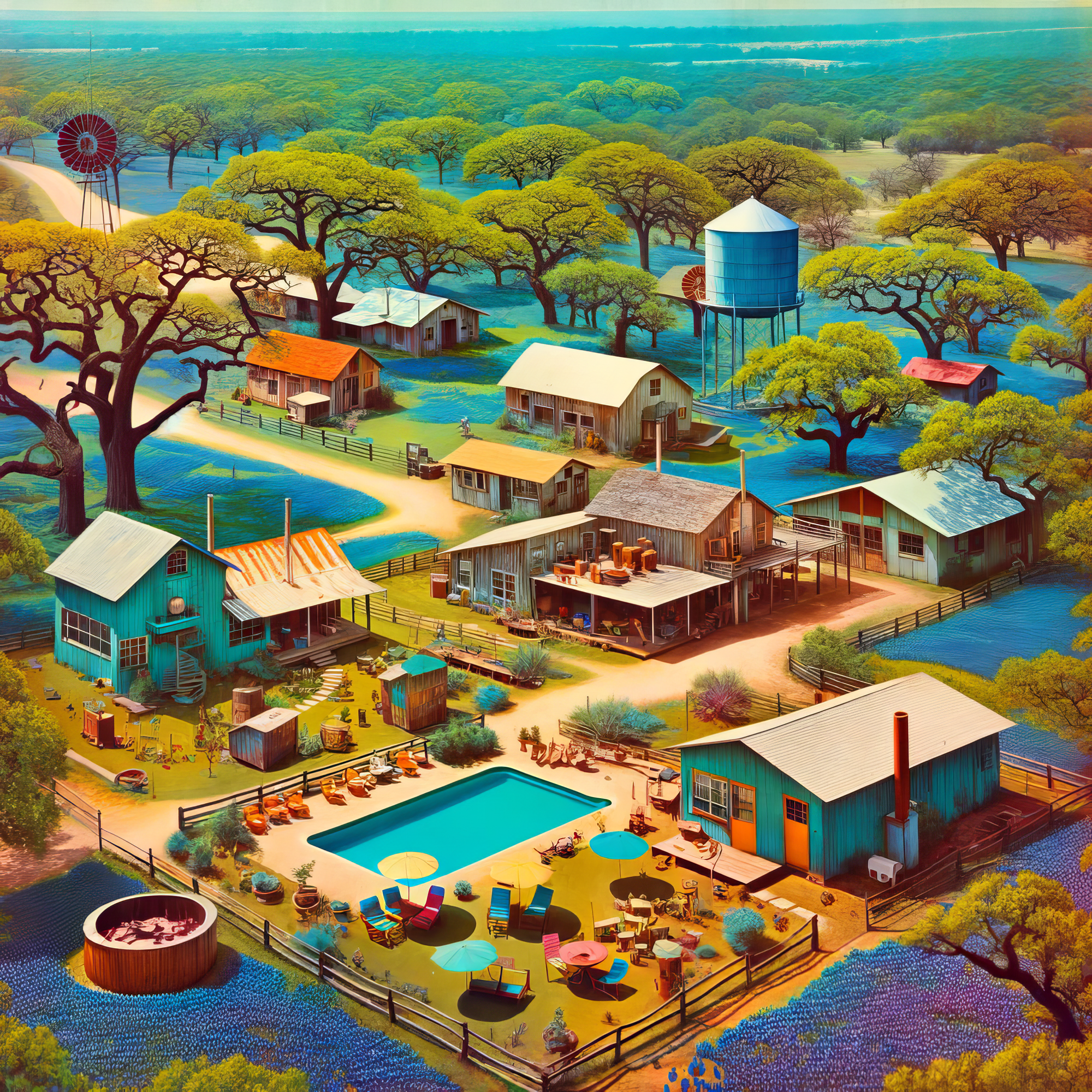
Beyond his in-ring exploits, "Redwoods" Jack Carson left an indelible mark on the world through his embrace of Beatnik philosophies and his unwavering commitment to community involvement. His bookstore and café, "Redwoods' Retreat," became a beacon of cultural enlightenment in San Antonio, attracting intellectuals, artists, and free spirits from all walks of life. The establishment served as a sanctuary where ideas could be exchanged freely, creativity could flourish, and the bonds of community could be strengthened. Carson's vision for "Redwoods' Retreat" was shaped by his own life experiences, as he sought to create a space that celebrated the power of authenticity and encouraged individuals to embrace their true selves.
Carson's time as a hobo and his service as a soldier played a pivotal role in shaping his worldview and guiding his actions outside the ring. His experiences on the fringes of society and on the battlefields of war fostered a deep empathy for those who were marginalized or struggling. He understood the importance of lending a helping hand and providing a platform for voices that were often overlooked. Through "Redwoods' Retreat," Carson created a safe haven where individuals could find solace, inspiration, and a sense of belonging. He believed that by nurturing a strong sense of community and promoting understanding and compassion, he could make a positive impact on the lives of those around him.
Carson's commitment to authenticity was a guiding principle in all his endeavors. He believed that true greatness could only be achieved by staying true to oneself and living life on one's own terms. This philosophy permeated every aspect of his life, from his bookstore and café to his interactions with others. He encouraged those around him to embrace their quirks, their passions, and their unique perspectives, knowing that this was the key to unlocking their full potential. Carson's own life served as a testament to the power of authenticity, as he fearlessly pursued his dreams and remained true to his convictions, no matter the obstacles he faced. Through his words and actions, he inspired countless others to follow their own paths and to live life with courage, integrity, and a sense of purpose.
Legacy and Impact
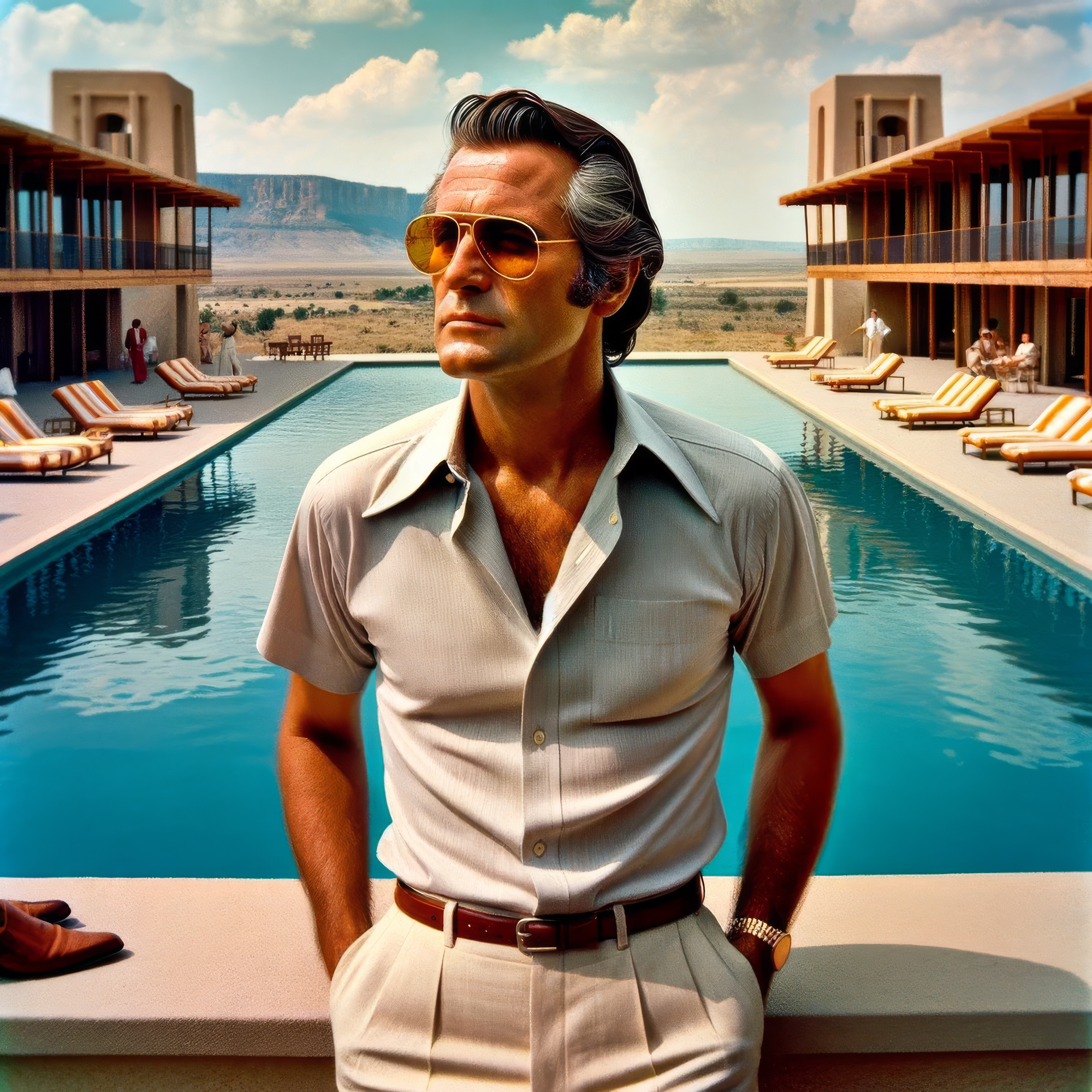
"Redwoods" Jack Carson's legacy in the GWA is one of unparalleled excellence and enduring influence. His transition from active wrestler to manager and president ensured the promotion's continued success and growth. Carson's story, from the battlefields of the Pacific to the wrestling rings of the GWA, is a testament to the power of resilience, passion, and the pursuit of one's dreams. His impact on the sport and the lives he touched will forever be etched in the annals of wrestling history.



